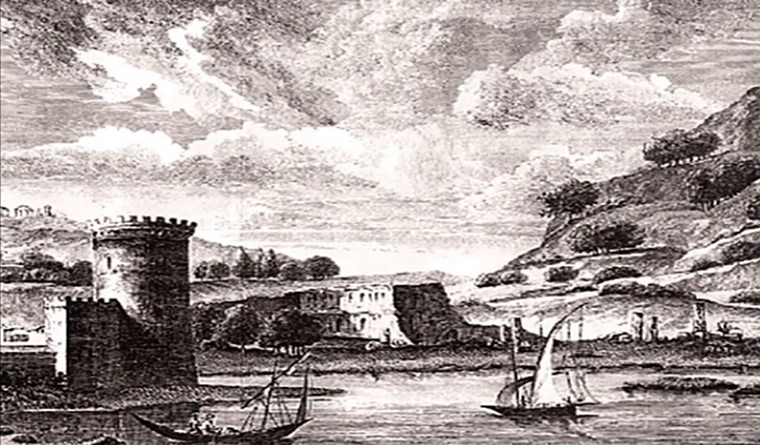
About the Mani
It is believed that, from about the 10th century onwards, the term “Mani” referred to a small area where the residence of a bishop was located. The name soon came to refer to just one castle: Megali Maini (Grand Magne Castle), probably the remains of Kelefa, a fort built by the Franks during the last decades of the Byzantine Empire. Later on, Mani came to be known as the area where free people lived during the period of the Turkish Ottoman occupation, for although the region around the Taygetos is green and lush with vegetation, the lands further south are waterless, barren and rough, with cold winters and hot summers: situated in one of the most inaccessible areas of the southern Peloponnese, the proud Maniots thus never submitted to the invading forces of any foreign conqueror, and so it is the remote location of the Mani (and its particular geomorphology and certain historical events) that have helped foster the development of its local civilization – a unique culture based on folklore, complex social systems and deeply-rooted traditions.
Mani was the only region of Greece, which retained self-rule, when Greece fell under Ottoman rule in 1460. As Ottoman power began to decline, four hundred years later, in the early 1800s, Mani became a stronghold for the Klephts (mountain bandits).
About the Maniots
The Maniots (also known as Maniates) are the Greek inhabitants of the Mani Peninsula in southern Peloponnese in the Greek prefecture of Laconia. The peninsula itself is an extension of the Taygetus mountain range. The Maniots are deemed an ancient Greek people who descend from the Lacedaemonians (Spartans).
The Maniates since the Ottoman rule, scratched a living from the dry, rocky, infertile earth, concentrating on the Koroneiki olives, which produce the best virgin olive oil in Greece, and herbs such as oregano, thyme and mint, about the only things to grow in this unforgiving ground.
Kardamyli, one of the oldest settlements of The Peloponnese, well known for its many beaches, consists of Upper Kardamyli, the old town, where the buildings are mostly Venetian; here you can see a medieval castle, and the beautiful church of St. Spyridon. Lower Kardamyli is the newer part of town.
Areopolis, ‘City of War’, named for the Greek God of War, Ares, is the capital city of Mani, located above the bay of Itylo (Oitylo). Areopolis is the birthplace of the Greek Revolution, Petros Mavromichalis declared war on the Ottomans there on March 17 1821, the town square, ‘Platia Athanatos’, bears his statue.
Although Areopolis is the capital of Mani, it’s a small town, with less than a thousand inhabitants.
Cape Tenaro separates the Aegean Sea from the Ionian Sea and in ancient times, is said to have a hidden entrance to Hades, the Greek underworld, through which Heracles took the three-headed dog, Cerberus, one of his labours.Cape Tenaro is the southernmost point of mainland Greece, directly opposite lies Libya.
The area of Mani has been inhabited ever since Paleolithic age (600.000 BC – 100.000 BC). During the Bronze age (2.600 BC – 1.100 BC) and especially during the Mycenaean age (1.600 BC – 1.100 BC) in Mani a lot of famous settlements are mentioned: Messi, Laas, Itilo, Kardamili, Iri, Ippola. With the invasion of the Dorians (1.100 BC) in Peloponnese, Mani followed the same luck as Sparta and the rest of the conquered Laconia. On the 8th or 9th century AD the inhabitants of Mani became Christians. The diocese of Mani is founded and many byzantine Christian temples are established.
